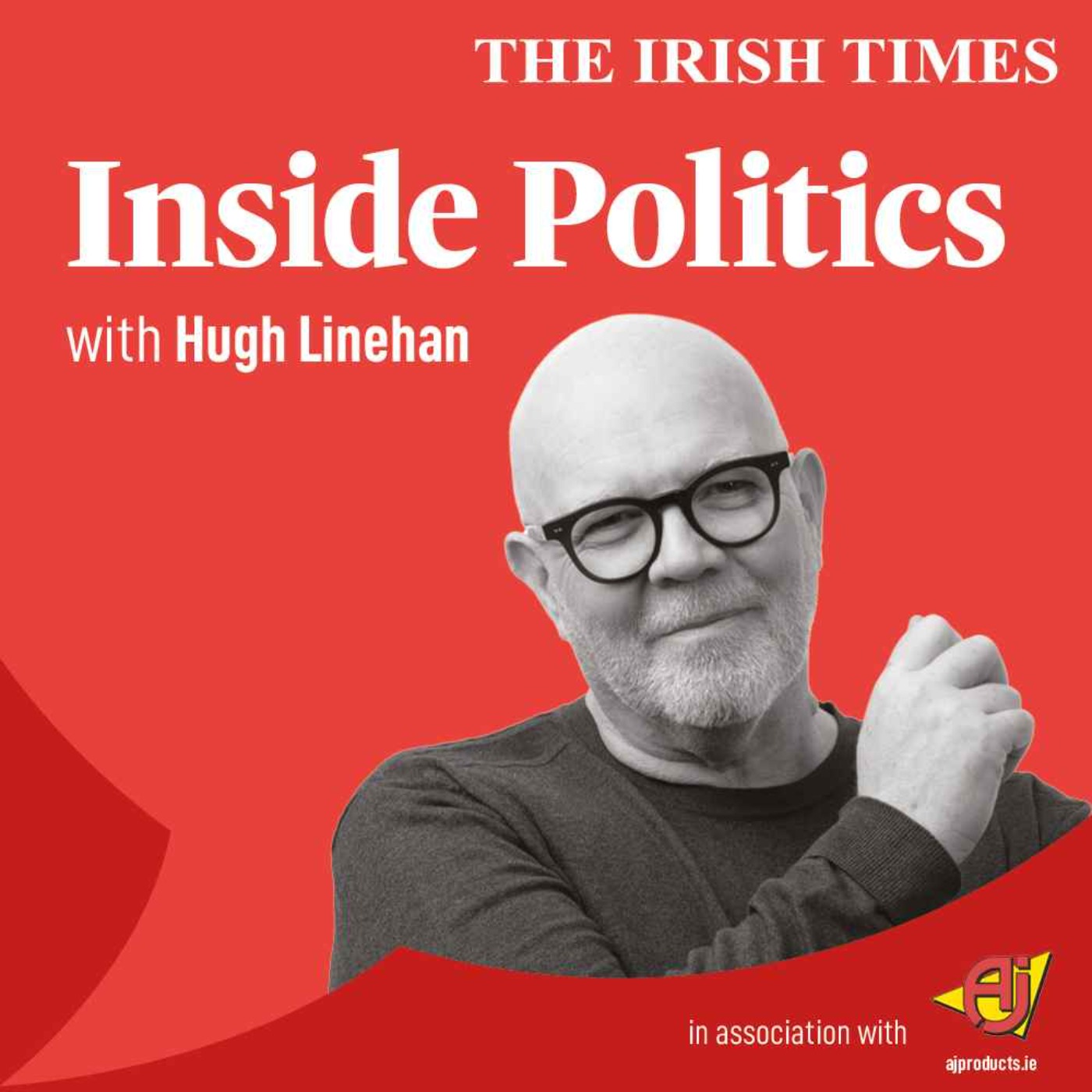How do we make sense of all the billions announced in new State investment spending? The key message is that the Government is going for it in terms of the sums it is committing – and this has big consequences.
By doing so it is responding to economic growth and population increases, which have been well in advance of expectations.
Here is how the numbers add up and the questions they raise.
Where the money comes from: The State has allocated an additional €34 billion to its investment plans over the five years from 2026 to 2030. This is a big increase, with the overall total coming to just over €102 billion. About €20 billion of the extra cash is due to come from what might be called cash reserves – the €14 billion from the Apple tax payment, €2.5 billion from the sale of AIB shares and the Infrastructure, Climate and Nature Fund established by the Government.
This still leaves a gap to be paid for, however, and this will be met by running down budget surpluses in the years ahead. There is also a commitment to tighter control of day-to-day spending to leave more cash for investment, though an increase of 6.4 per cent is pencilled in again here next year.

Tariffs: Why has Donald Trump threatened the EU again?
The State will run down a lot of its financial leeway. Already the Department of Finance is facing a smaller budget surplus year than forecast in springtime. The budget sums will come under further pressure if economic growth slows sharply.
Where the money will be spent: The Government announced the overall spending allocations, but not the list of projects involved, though some of the big ones, including the Dublin MetroLink, are known.
As ESRI professor Alan Barrett said on RTÉ radio, the normal approach in a National Development Plan (NDP) is to start with population and growth projections and then develop a list of projects that are based on this and outline how they relate to each other. Instead, departments are now to come up with their own priorities.
The list should be published around budget time, we are told, but with the review well flagged for months, it seems a lot of last-minute haggling means it has not yet happened. As Taoiseach Micheál Martin said, previous NDPs might have been too long. But this one, right now, looks a bit flimsy.
Surviving a downturn: Taoiseach Micheál Martin said at the press conference launching the strategy that the goal is to keep investing, even if the economy slows or hits difficulties. Slashing investment spending after the financial crash has had a big economic cost for the Republic.
But with no details of the expected budget position next year – never mind in subsequent years – published in the summer economic statement, the other key document published on Tuesday, we have no feeling for how the Department of Finance sees all the numbers adding up. Budget surpluses will be smaller, it says, but we do not know by how much. We are not clear on the appetite to borrow to fund investment in the years ahead if the corporate tax take takes a heavy hit.
In fairness, the Government will want to see the outcome of the EU-US tariff talks, which have big implications. If there is a bad outcome, we are told the €9.4 billion budget will be pulled back. That would be the acid test of where priorities lie.
Delivering the projects: Senior Ministers spoke at length at the NDP launch about the barriers to delivery from planning and bureaucracy. This raises the obvious question of why they did not do much about them when they were in government last time around, including the multiphase approval processes for local authority housing, for example. A new Planning Act was passed, but only in the dying days of the last coalition. The fiscal council has noted that the State has consistently struggled to meet investment spending targets in recent years. And, as the document states, finding construction workers is a challenge.
Now Minister for Public Expenditure Jack Chambers is examining recommendations from an expert group on the delivery issue, and some important moves are on the table. Succeeding here is central to its plans and rebuilding credibility on project delivery.










